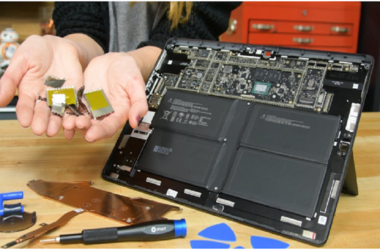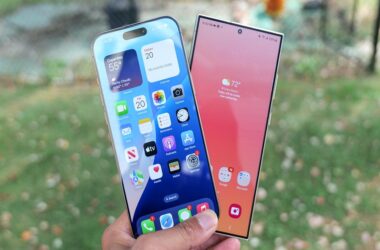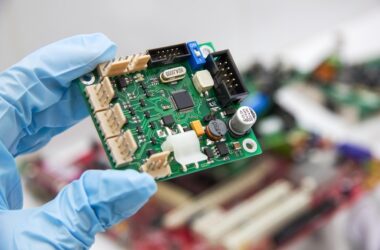If you live in metropolitan or suburban America, it is a pretty safe bet you can’t remember the last time you had to go without high-speed internet for more than a couple of hours. Imagine being one of the 42 million Americans whose rural locations don’t offer cable or fiber-optic internet connections. Wireless may be your only option.
Wireless internet is great – if you can get it and you can afford it. Wireless is not necessarily as fast or reliable as wired broadband, but it is a ton better than DSL. But again, cost is the issue for a lot of people.
Three Wireless Options
Wireless internet access is not a new concept. The tech industry has been working on it for more than a decade. Some services have even been around that long. Your options really boil down to the following three:
1. Traditional Satellite Service
Traditional satellite internet operates the same way as satellite TV. Telecom satellites circle the globe to facilitate communication between residences and ISPs. HughesNet is probably the most well-known brand in this space.
2. 4G Rural internet
A competitive option to traditional satellite service is 4G rural internet. The service is built on the same technology as 4G cell phone service. Companies like Houston-based Blazing Hog lease 4G bandwidth from all the major carriers and resell it as internet access.
3. Starlink Service
Even though Starlink is technically a satellite internet, it is listed as a separate option because it is unique in its technical aspects and considerably more costly than the other two options. The company is owned by Elon Musk and provides rural internet through a web of thousands of low orbit satellites.
Lower orbit and more satellites make for faster speeds and lower latency. But the service comes at a cost. Consumers pay nearly $600 for a specialized satellite dish along with a monthly service fee in excess of $100.
Government Grants and Subsidies
Starlink hasn’t taken off all that well among consumers for obvious reasons. It is just too expensive. But that hasn’t stopped Washington and the states from getting on board. Washington has already put millions into Starlink while a small number of states began lining up to pay for the service in the midst of the pandemic.
Unfortunately for Musk, the federal government pulled out of a $900 million investment in early 2022, putting the company’s future in doubt. Meanwhile, school districts in New Mexico, Virginia, and a handful of other states invested COVID relief funds to provide free dishes and monthly service to rural students. But what happens when the COVID money runs out?
Those school districts will either need to come up with more funding or cut students off. That is always the downside when the government decides to subsidize a service.
Wired Broadband Is No Better
Wired broadband is no better from a financial standpoint. Service providers are reluctant to build the necessary infrastructure because there are not enough paying customers to make it financially worthwhile. Meanwhile, federal and state agencies have spent billions over the last ten years to get rural America connected. And yet there are still forty-two million Americans without broadband access.
The fact of the matter is that it costs money to get people online. If we turn to wireless to connect rural America, we are still going to have to spend money to do so. Who is going to pay for it? Consumers may not be able to afford it. On the other hand, the government trough is not bottomless. At some point the money runs out and things go belly up.






